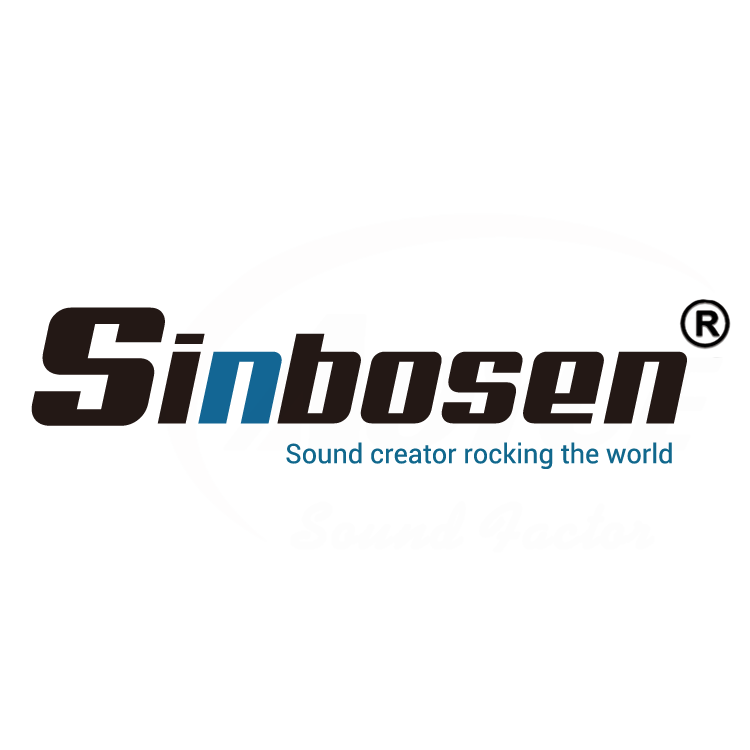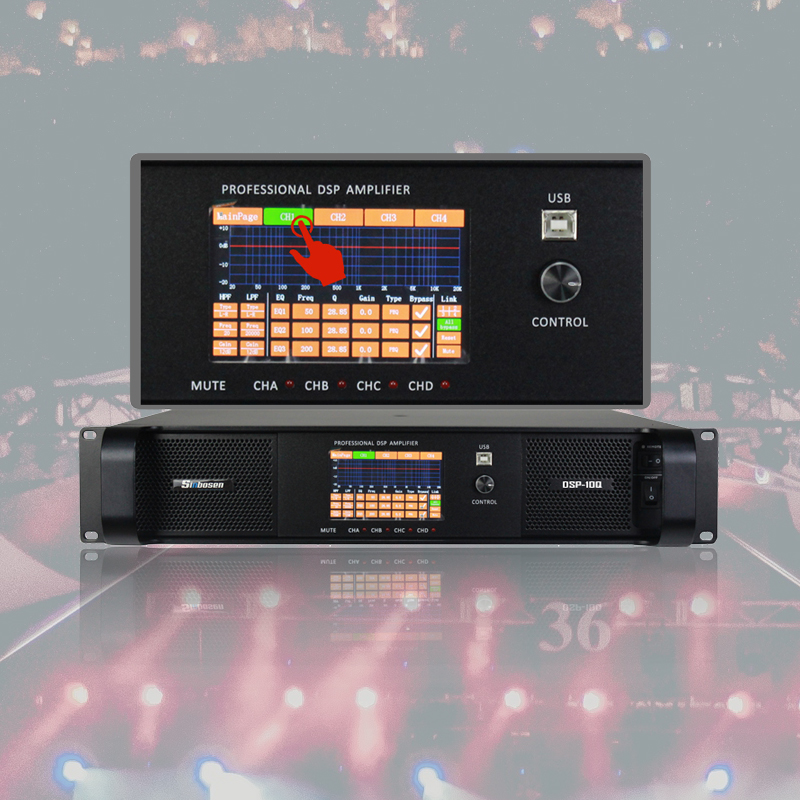Do you know the difference between dynamic microphone and condenser microphone?
Views : 3116
Update time : 2019-09-16 17:02:47


Dynamic microphones and condenser microphones are the type of microphone radio head. The common microphones on the market are mainly divided into these two types. So what is the difference between the two microphones?
The dynamic microphone uses the principle of electromagnetic induction. The wire coil is mounted on the diaphragm and placed between the magnetic fields of the magnet. The constant motion produces an induced current that turns the sound signal into a signal. Its switching principle is very similar to that of a speaker.
The condenser microphone uses the charging and discharging principle of the capacitor. The vibration of the sound drives a plate (ultra-thin metal film) of the condenser microphone. The vibration of the plate changes the distance between the two plates, and then changes the condenser microphone. When the capacitance becomes larger, the power supply charges the capacitor; when the capacitance becomes smaller, the capacitor discharges, thereby generating a current in the circuit and converting the sound signal into a signal.

Structurally speaking, the dynamic microphone is mainly composed of a coil, a diaphragm and an outer casing, and has a firm structure, stable performance, relatively durable, and easy to control cost. So most of the microphones we use in KTV are usually dynamic. Of course, there is another reason. The use of dynamic microphone is also very simple. It can be used even when connected to the equipment, without DC working voltage.
But for condenser microphones, everything is not that simple. Structurally, the internal capacitor of the sound head has a complicated structure, the electrode plate (ultra-thin metal film) is relatively fragile, the cost is expensive, and it is afraid of moisture, fear of falling, and high maintenance cost. In addition, there is an amplifier in the condenser mic that requires power to operate. However, due to the size of the microphone, this power supply is usually designed to be external, and its name is called “phantom power”
“Phantom power” power supply means that the audio signal current can be transmitted in the same audio signal line, and the DC power supply voltage can be transmitted. In general, most condenser microphones require 48V phantom power, so many professional mixers also have built-in 48V phantom power.

As we said before, dynamic mic is widely used in entertainment such as KTV or performance. Due to the structure, the sensitivity of the dynamic ring wheat is relatively low, and the frequency response is not wide enough (the frequency response range is 50 Hz to 15 kHz, and the human ear can hear the frequency response range is 20 Hz to 20 kHz). Therefore, its high-range extension is not good enough, the faint sound induction will be slower, the sound is not delicate enough, and the details are not rich enough. But everything has two sides. The lack of performance in the dynamic mic makes its sounds softer and more sultry, and makes the singer’s song more full and round, or better. In addition, dynamic mic has a good inhibitory effect on ambient noise, which is why it is more suitable for use in noisy situations.The SM58 has a frequency response range of 50 Hz to 15 kHz. Accurately captures the primary source in noisy environments while effectively reducing background noise.

From the point of view of the parameters of the condenser mic, it is obviously much better than the dynamic circle. Its high sensitivity, wide frequency response (20Hz ~ 20kHz), fast transient response, high sound reproduction, etc., can handle high boost with ease. The sound of condenser mic is clear and beautiful, and professional singers usually use condenser mic to show their natural and beautiful voice. Therefore, condenser mic is widely used in professional vocal singing, studio recording, film recording, instrument pickup and other occasions. Therefore, condenser mic can be said to be a better choice for recording. The Beta87A is a very popular condenser microphone with a frequency response from 20Hz to 10kHz. Beta 87A can compensate for the near-talk effect, and the sound quality of the high section of the mid-frequency zone is bright and highlights the human voice. It can largely isolate other singer or instrument sounds while minimizing off-axis interference. The microphone is powered by phantom power.

Everyone’s voice is unique, and each voice has its own sonic characteristics. From the high range to the low range, from smooth to rough, the differences in these waveforms make your voice separate from others. Similarly, each microphone has its own frequency response, which is the best microphone for you if its frequency response matches your voice.
 Recommend Product
Recommend Product
 |
 |
 |
►Previous What is the difference between DSP power amplifier and ordinary power amplifier?
►Next Why these Sound engineer love Sinbosen FP10000Q FP14000 amplifier?
►Return to home page








